In a perfect world, apple orchards would grow all the tastiest varieties of apples: macintosh, cortland, braeburn, jonagold, honey crisp, cinnamon candied and caramel candied. The sad reality is that you can get a mealy, tasteless red delicious apple off a tree, but not a crunchy succulent candy-dipped apple. How can this be? Consider all the amazing things agricultural scientists have accomplished from anesthetizing fruit flies for research to making grapes grow without seeds. How is it that they have not developed a self-coating candy apple tree? Thank heavens for vintage candy apple recipes.
Crunchy red cinnamon candy apples appear to have entered the American diet in the early 1900s, coming from New Jersey, as so many fine things do. A candy maker in Newark dipped an apple in some molten cinnamon candy and bliss on a stick was born. Caramel apples started in a candy kitchen in the 1950s. A Kraft food scientist was experimenting with leftover Halloween caramels and a carnival staple was born.
You can walk into most supermarkets and find candy apples as big as your head, drizzled with chocolates and dipped in all sorts of candies and nuts. It makes them look like you need a pastry degree to make one. Don’t be intimidated. Candy apples are meant to be humble homemade treats. It is easier to buy them, especially if the sight of a candy thermometer makes you break out in a cold sweat. Stare down that fear, candy thermometers are our friends. Give making your own candy apples a go. To get you started, we have two easy recipes from two vintage kitchen bibles.
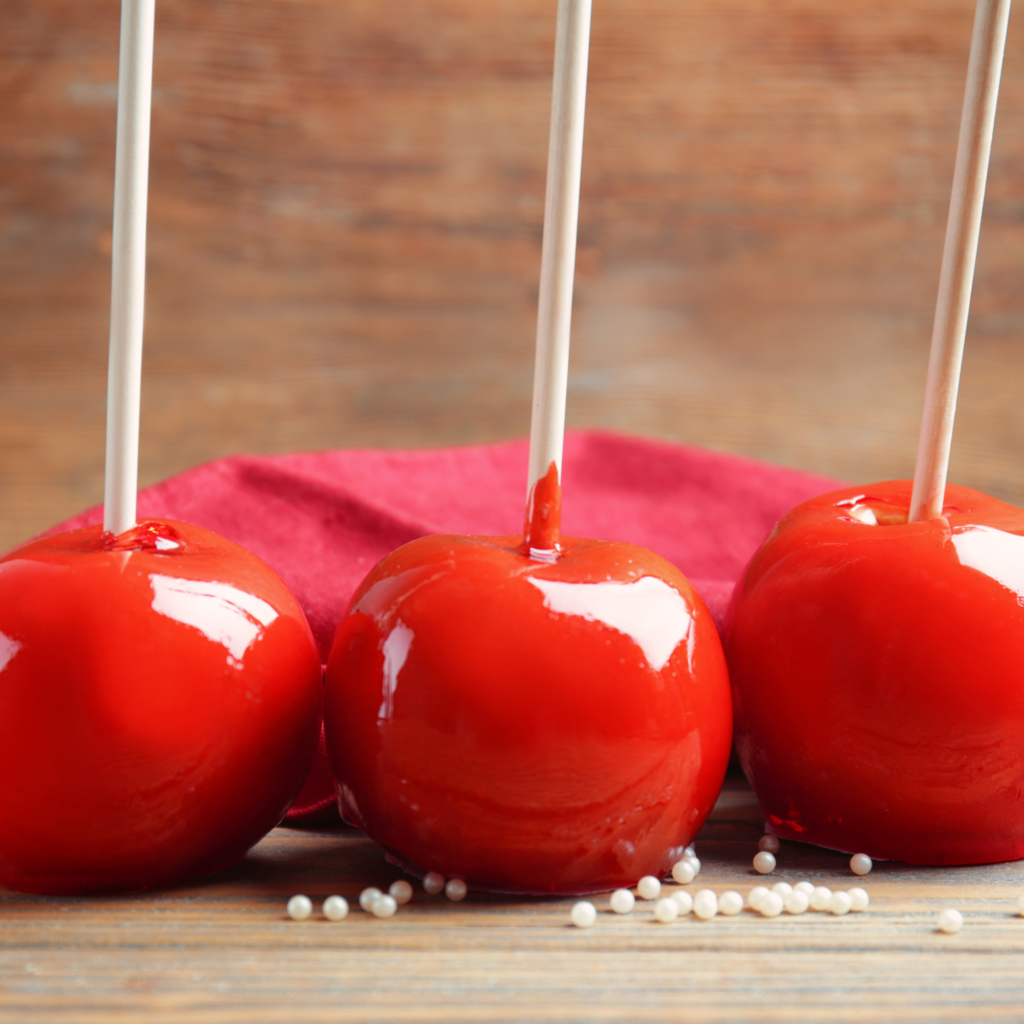
Better Homes and Gardens Cinnamon Apples
from the Better Homes and Gardens New Cookbook, 1970s–(can’t be more specific that that because we have loved the cover and first few pages right off this book.)
6 crisp medium apples
6 wooden skewers
♦ ♦ ♦
1 1/3 cups granulated sugar
2 cups light corn syrup
1/4 tsp red food coloring
10 drops oil of cinnamon
Wash and dry the apples; remove stems. (Ed note: this gets any wax coating off, be sure and dry the apples completely so the coating sticks.) Insert skewer in the blossom end of each apple. Combine sugar, corn syrup and food coloring in the top of a double boiler. Cook directly over low heat stirring till sugar dissolves, about 4 minutes. Cover and cook slowly 8 minutes. Uncover. Cook without stirring to hard crack stage (300°). Stir in flavoring. Place top of double boiler over boiling water in lower part.
Turn each apple in syrup to coat. Twirl apple to spread coating evenly. Let excess syrup drip back into pan. Set apples on buttered cookie sheet. If syrup thickens, reheat over direct heat.
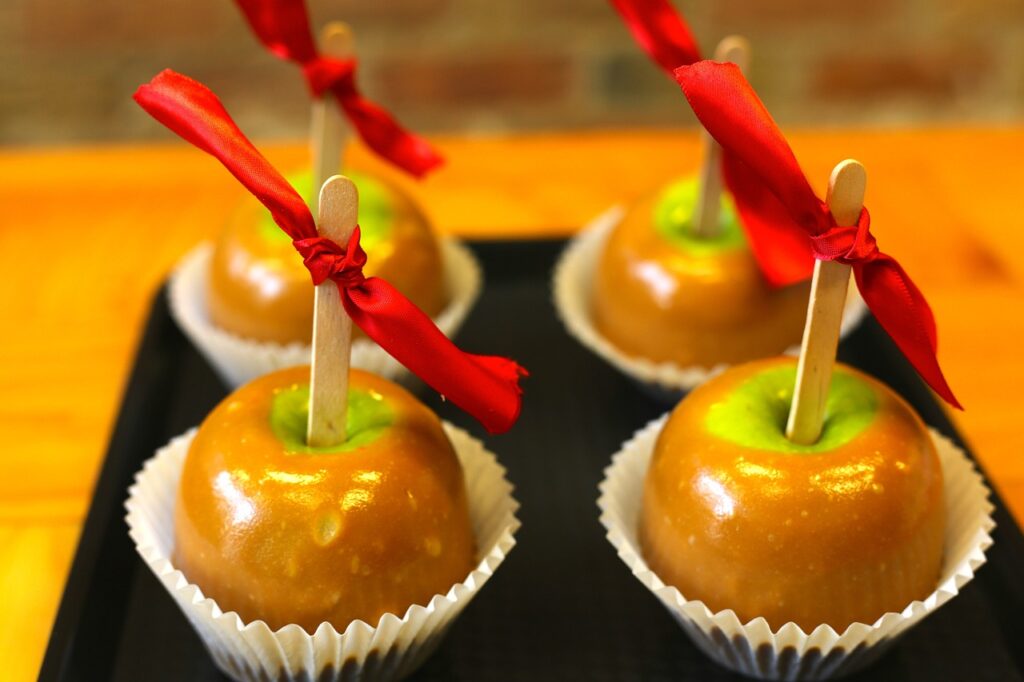
Betty Crocker’s Caramel Apples
from Betty Crocker’s Picture Cook Book, 1950
Wash, dry thoroughly and chill…
8-10 medium-sized apples
Insert a sturdy wooden skewer into stem end of each apple. Mix together in deep 2 qt. saucepan…
2 cups sugar
1 cup brown sugar
2/3 cup white corn sugar
2/3 cup butter
1 cup cream
1 tsp. salt
2 tsp. vanilla
Cook to 246° (a little dropped into cold water forms a firm ball)…stirring constantly toward end of cooking period to prevent sorting. Remove from heat. Cool until mixture thickens slightly. Quickly dip each apple into the caramel mixture and twist until evenly and completely covered. Drain on waxed paper.
Ed. note: Although making these are lots of fun, the candy syrup is every hot and can burn like heck if you get it on you. Best to reserve this activity for adults and older kitchen-savvy kiddos.
Confused about hard crack, firm ball and other candy making terms? Let the San Francisco Exploratorium explain the Cold Water Candy Test.

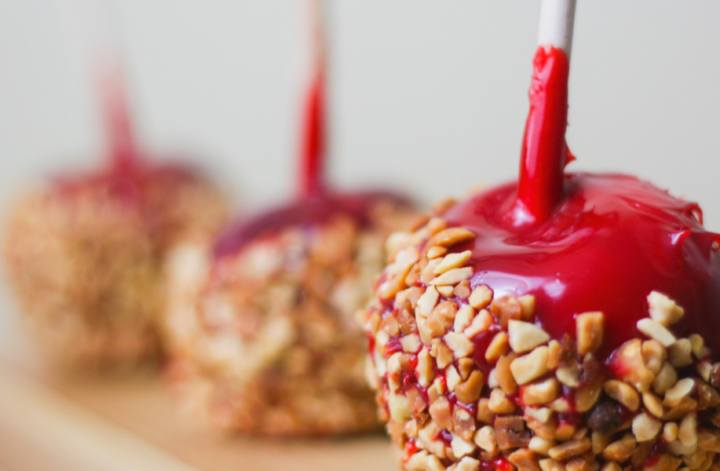

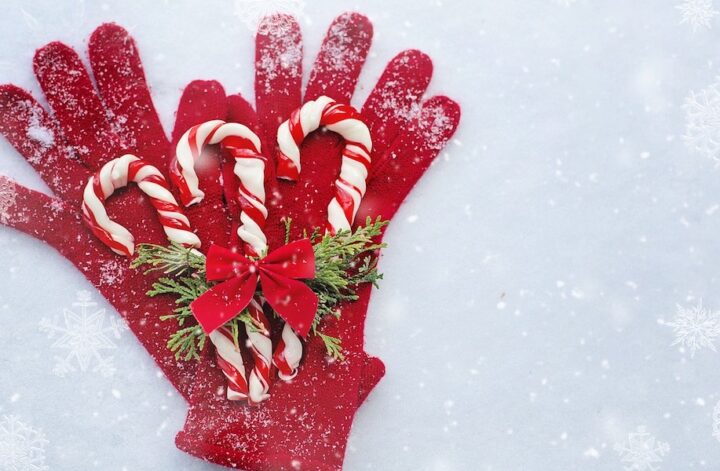

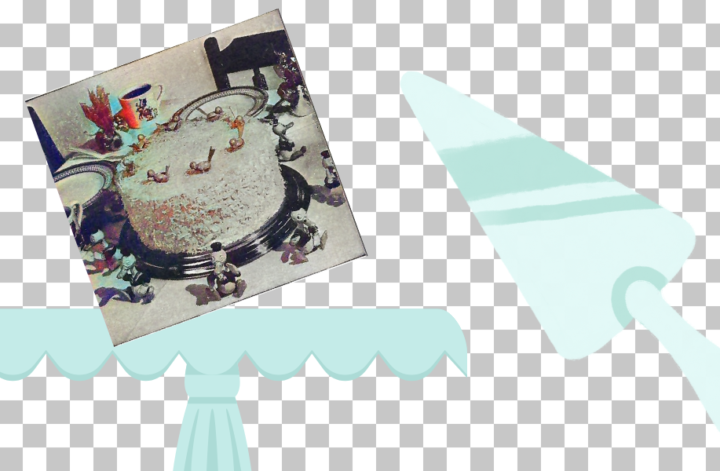
2 comments
Growing up, we always used Kraft caramels to make caramel apples. The hardest part is not popping too many into your mouth while you unwrap them!
These apple recipes look yummy.